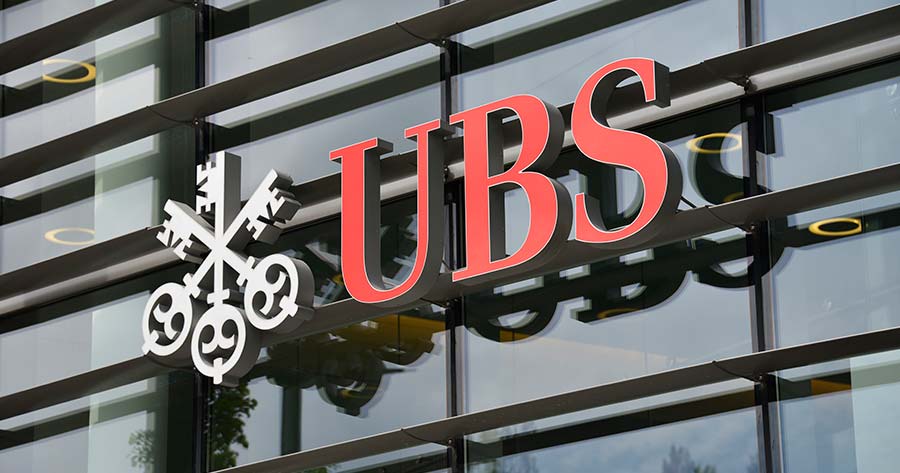Kelvin Tay, the regional chief investment officer at UBS Global Wealth Management, likened entering the Japanese market at this juncture to catching “a falling knife,” as both the Nikkei 225 and the Topix continued their downward trajectory, surpassing a 12% decline and entering bear market territory.
The Nikkei’s plummet of 12.4% marked its most significant decline since the tumultuous “Black Monday” of 1987.
Tay highlighted that the recent robust performance of the Japanese market over the past two years had been heavily influenced by the considerable weakness of the Japanese yen. As the yen now shows signs of strengthening, investors are swiftly divesting their positions in response to this shift.
The reversal in the yen’s value came amidst the Bank of Japan’s policy meeting, during which the central bank raised its benchmark interest rate to approximately 0.25% and announced plans to reduce its purchases of Japanese government bonds.
Ueda expressed a hawkish outlook, indicating that the central bank would continue to increase interest rates if economic indicators align with their forecasts. He further mentioned that the 0.5% interest rate level was not a threshold, indicating that rates could potentially rise even higher in the future.





